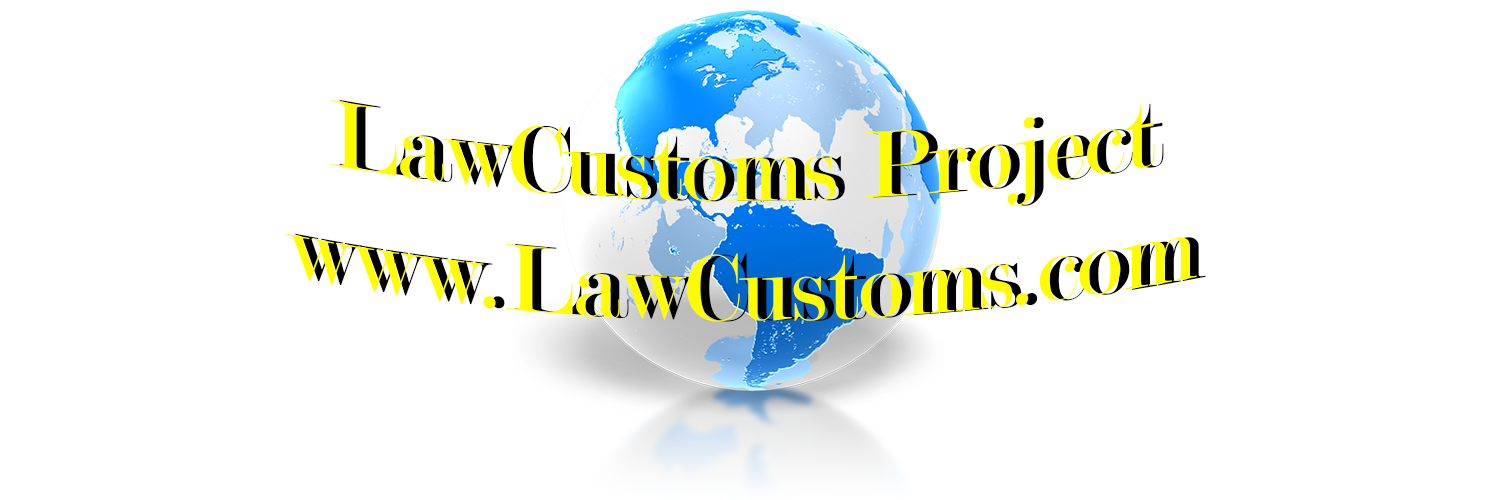It appears that Customs and Border Protection (CBP) is changing its long time practice with regards to interpretation of Additional U.S. Note 6 (b) to Chapter 69 HTSUS, which dates back to August 8th, 1994, the date of issuance of HQ 955838. The practice pertains to the interpretation of nearest to maximum dimensions. CBP has regarded the word “maximum” in the note as meaning “the greatest possible quantity or degree”; the greatest quantity or degree reached or recorded; the upper limit of variation (Customs Bulletin Vol. 41 No. 23 Pg. 48). Ceramic article, therefore, cannot exceed dimensions specified in the Additional U.S. Note 6 (b). Importers who are bringing ceramic dinnerware / tableware in sets, were stuck to that dimensions or had to pay almost double the duty for articles as being not “available in specified sets.” CBP position now is that an article may exceed the dimensional descriptions of Additional U.S. Note 6 to Chapter 69 and be classified as being “available in specified sets.”
The change in interpretation was due to acceptance of several court cases as a precedent for the interpretation. Previously, CBP dismissed any court cases, legislative history and interpretations thereof by claiming that the meaning of the note is plain and unambiguous, and its meaning prevails. To support its position CBP cited cases such as: Muwwakkil v. Office of Personnel Management, 18 F 3d 921 (Fed. Cir. 1994); International Business Machines Corp. v. United States, 201 F3d 1367, 1372 (Fed. Cir. 2000; Timex V.I., Inc. v. United States, 157 F.3d 879, 882 (Fed. Cir. 1998); Brookside Veneers, Ltd v. United States, 847 F.2d 786, 788 (Fed. Cir. 1988); Koyo Seiko Co., Ltd. v. United States, 24 CIT 364, 110 F. Supp. 2d 934, 936 (2000). Now, CBP contends that interpretation under TSUS can be applied to HTSUS pursuant to Pima Western, Inc. v. United States (915 F. Supp. 399, 404-05, 1996).
Now, that the term “of the size nearest to” can be interpreted over, as well as under, once again, the question is how much over / under is appropriate. The answer given is rather ambiguous one. CBP states that the article may exceed the noted dimension so long as it is a reasonable variation. The example is provided where 8 inch diameter plate can be interpreted as “the size nearest to 6 inches in maximum dimension.” Or, in HQ H004625 a 20.3 cm plate was accepted as reasonable variation to 15.3 cm standard. So the variation of two inches or 5 cm can considered to be reasonable. No doubt that the term “reasonable” will remain to be questioned in the future.
